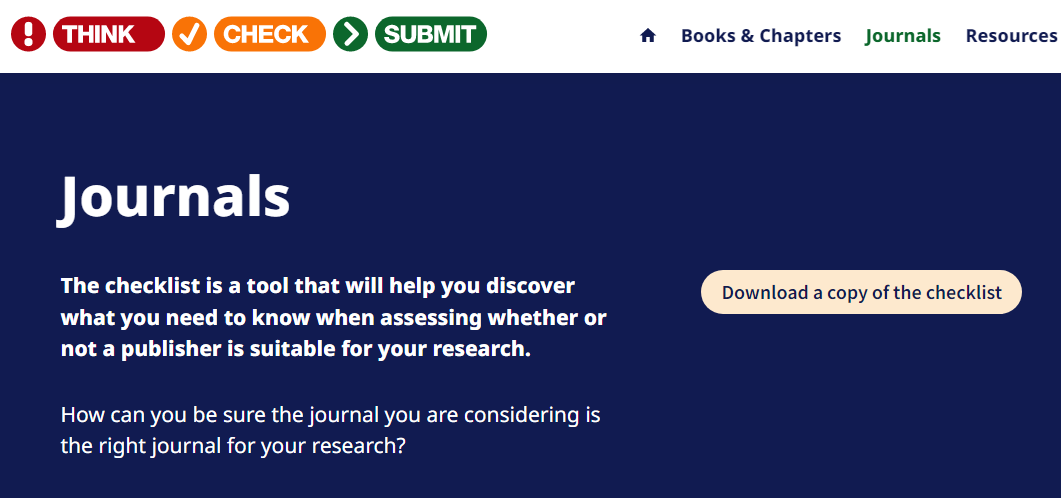Away from fake journals
The over-reliance on publishing has made students, research scholars, scientists, and engineers susceptible to dishonest methods.
Avoiding fake or bogus journals is crucial for researchers to maintain the integrity and credibility of their work. Here are some steps you can take to protect yourself and your research from predatory publishing practices:
1. Do Your Due Diligence:
Research the Journal: Before submitting your work to a journal, thoroughly research the journal's reputation. Check the journal's website, its editorial board, and its publication practices. Look for signs of professionalism and transparency.
Verify Indexing: Verify the journal's claims of indexing in reputable databases. Visit the databases themselves and search for the journal's inclusion.
Check Impact Factor: If the journal claims to have an impact factor, verify this through reliable sources like Web of Science or Journal Citation Reports.
2. Seek Recommendations:
Consult Colleagues: Ask colleagues, mentors, or peers for recommendations regarding reputable journals in your field.
Use Academic Institutions: Many universities and academic institutions provide resources and guidelines for identifying legitimate journals. Take advantage of these resources.
3. Beware of Unsolicited Emails:
Be cautious when receiving unsolicited emails from journals or publishers, especially if they contain overly flattering language or promises of rapid publication.
4. Check the Editorial Board:
Review the qualifications and affiliations of the journal's editorial board members. Make sure they are legitimate scholars with relevant expertise.
5. Evaluate the Peer Review Process:
Determine if the journal has a transparent and rigorous peer review process. Reliable journals have well-defined procedures for peer review.
6. Understand Publication Fees:
Clarify the publication fees associated with the journal. Reputable journals disclose their fees upfront and do not pressure authors into making payments.
7. Examine the Journal's Content:
Review articles published in the journal. If you find a history of low-quality or irrelevant articles, it may be a red flag.
8. Use Online Tools and Resources:
Several organizations and websites offer tools to help researchers identify reputable journals. Examples include DOAJ (Directory of Open Access Journals) and Think. Check. Submit.
9. Seek Legal and Ethical Advice:
Consult legal or ethical advisors if you have doubts about a journal's practices or have been misled.
10. Report Predatory Journals:
If you encounter a fake or bogus journal, consider reporting it to relevant organizations, such as the Committee on Publication Ethics (COPE) or your academic institution.
By following these steps and being vigilant, you can minimize the risk of falling victim to fake or bogus journals and ensure that your research is published in reputable outlets that contribute to the advancement of knowledge in your field.
How one can away from the fake/bogus/predatory journals that pollutes the research community.
Read more on here:
https://www.chemistryworld.com/opinion/escaping-from-predatory-publishers/4016943.article



Comments
Post a Comment